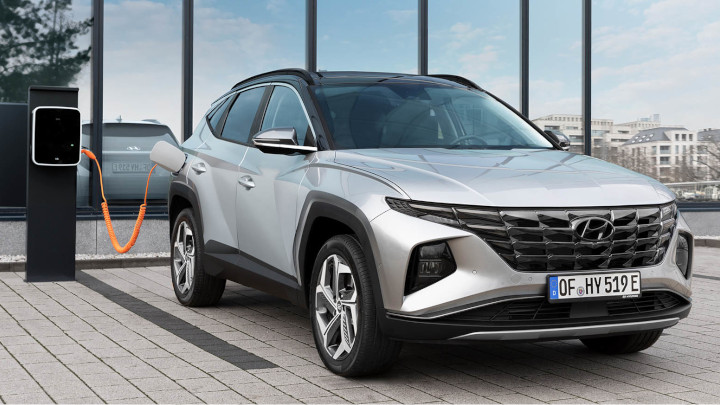
The car industry has done a great job over the last roughly 30 years, of confusing people. It was once the case, that there were 2 different states – the first cars were electric (so suggesting that modern electric cars are a new technology is ridiculous) and then we developed internal combustion engine vehicles. This meant that there were 2 different types of propulsion 1. fossil fuels (petrol, diesel) or 2. electric cars, charged from the mains.
Toyota developed the Prius back in 1997. At the time, a huge step forwards – it only had a battery of 1.3kwh, but this was enough to store energy recovered from braking and release it back, when the car was able to start moving again. This was the first mild hybrid as it is now called.
A mild hybrid cannot be driven on electric power, but by capturing energy from braking, that electrical power can be released as you set off again. This means that you end up with a more efficient ICE car, but this is it. A mild hybrid cannot drive without petrol, not even 100m. The electricity is used to help the engine. Oddly, these are often called full hybrids, but is the type which the Toyota Prius is.
A plugin hybrid is different. With a plugin hybrid, it has a battery of perhaps 5-10kwh. A plugin hybrid is capable of being driven for 20-30 miles at the extreme, before the petrol engine will turn on. The theory goes, that you have an electric car for your daily errand runs around town, but when you want to drive across country, the petrol engine turns on, and you do not need to worry about charging along your route (though you will have to worry about refilling the car).
This type is also known as a full hybrid. Dan Caesar the CEO of EVUK (a campaigning organisation) has called on the government to only allow plugin hybrids from 2030, Only cars which can run on pure electricity over more than a couple of miles should be included. Perhaps the only downside of plug-in hybrids, is that they must be plugged in – a plug-in hybrid will be less efficient than a mild hybrid. Of course the odd thing is, that many companies against electric cars have said get mild hybrid as then you do not have to plug it in, instead, you have to fill it up regularly.
Currently the ban comes in in 2035 for combustion engines of any kind.
What is being argued is that from 2030 only plugin hybrids should be allowed, and then from 2035, no cars with a combustion engine at all. Unlike Full or mild hybrids, plug-in hybrids have been shown to be a gateway product for full electric cars and if well used, can reduce petrol consumption by a huge degree – in some cases by 50%. It should be remembered, that under the governments zero-emissions mandate, UK car manufacturers are supposed to be selling at least 80% electric by 2030 (up from 28% this year). If they meet these targets, then the number of cars sold in 2034, just before the ban comes in should be very small anyway.
It is true, that at the current time, electric cars tend to be more expensive, but prices are falling fast, and given the far cheaper cost to run, overall cost of ownership is already lower.











